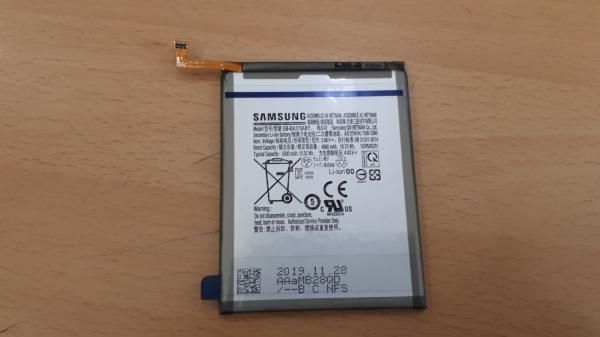The Deakin University of Australia has created a battery research and development center in 2016, dedicated entirely to the advancement of energy storage technology. This week, this center has announced that it has built a prototype of lithium metal batteries with some very interesting properties.
The cell in question – a 1Ah flat pouch cell – uses a lithium metal anode, prized for their ability to deliver up to 50 percent more energy storage than today's cells. But it also uses an ionic liquid electrolyte – a salt that's in a liquid form at room temperature, which has several advantages over current mainstream tech.
“Ionic liquids are non-volatile and resistant to catching fire," says Professor Patrick Howlett, director of the research hub, "meaning that unlike the electrolytes currently used in lithium-ion cells used by, for example Samsung and Tesla, they won’t explode. Not only that, but they actually perform better when they heat up, so there’s no need for expensive and cumbersome cooling systems to stop the batteries from overheating.”
New high-density lithium battery prototype loves heat, won't explode

This could lead, in theory, to a battery that prefers to be charged and discharged at high speeds, the opposite of what we are told to do with today's lithium batteries.
A battery that heats up might be less useful for hand-held devices or laptops that might start to fry your lap, but it could be terrific in certain types of electric vehicle, where heat evacuation is a major problem.
“The use of lithium metal electrodes in lithium metal batteries isn’t common in the battery industry, so there’s little known about the best way to manufacture these cells at practical levels for demonstration,” says research fellow Dr. Robert Kerr, lead on this project.
“After years of painstaking attention to manufacturing processes and details, the team has achieved a benchmark level that’s sure to make everyone in the industry sit up and take notice. While this is just a stepping stone on the way to 1.7 Ah cells, which are soon to be in production, this is an important milestone in the battery world for the demonstration of a new technology.”






Place comments
0 Comments
You are currently seeing only the comments you are notified about, if you want to see all comments from this post, click the button below.
Show all comments